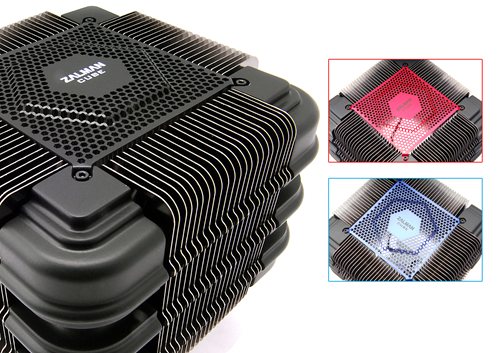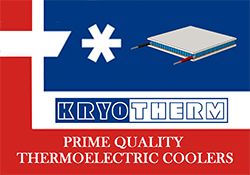Zalman, best known for their PC Platform cooling Technology has released details on their CES award winning passive cooling technology. CES explains about the award on their CES Innovations web site.
The Innovations Design and Engineering Awards has given consumer technology manufacturers and developers an opportunity to have their newest products judged by a preeminent panel of independent industrial designers, independent engineers and members of the trade press. It’s the place to see, touch, feel and understand the future of consumer technology.
Awardees are featured on CES’s Innovations Web Site. Zalman won their award for their CNPS FX100-Cube. The embedded heat pipe array is fanless and noiseless and designed for CPU cooling. Due to it using heat pipes, it does not draw dust or generate vibration due to its passive operation.
As coolingZONE contributor, Scott Garner, of heat pipe manufacturer Thermacore, wrote in his article, “Heat Pipes for Electronics Cooling Applications”
A heat pipe is essentially a passive heat transfer device with an extremely high effective thermal conductivity. The two-phase heat transfer mechanism results in heat transfer capabilities from one hundred to several thousand times that of an equivalent piece of copper.
And do click through to Scott’s article. It is an excellent primer on heat pipes for electronics cooling. It will give you the basics on how they work and why, and how Zalman’s FX100 is so effective.
While we don’t have any data for it, the efficiency of the FX100-Cube with the case airflow likely does a terrific job of making a mostly quiet workstation for various professionals who need that kind of processing horsepower.
The details we mentioned at the start of this article are in this video interview with Edward, a representative from Zalman. Many thanks to MaximumPC for making it available. It is a about 5 minutes long, but gives a good introduction into the FX-100. You can see it here:
http://youtu.be/oPfk3WcwsQs




